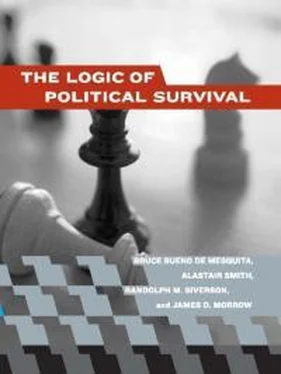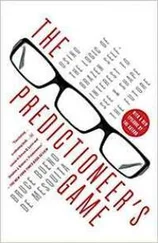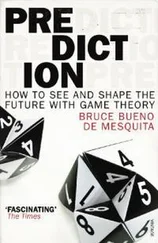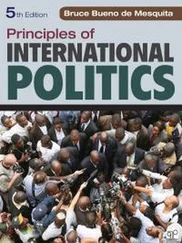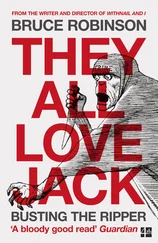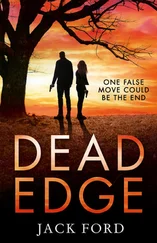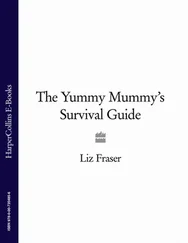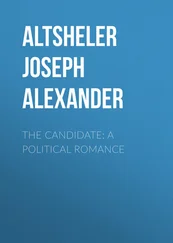10 In other social science areas, this is referred to as either duration or event analysis (Allison 1984).
11 This relationship violates a basic assumption of the Cox proportionate hazard model since the underlying hazard for large- and small-coalition systems differs.
12 Later we discuss actuarial or mortality risk. This factor predicts the contrary. All else being equal, elderly leaders are more likely to die (of natural causes) or become infirm.
13 We use the maximum-likelihood routines in Stata version 7 throughout.
14 The coefficients reported in the tables are for the log of p . Hence, for model 1, p = exp(-0.494 + 0.355 W ).
15 Although in principle open to all, prior to the reforms of Ephialtes and Pericles (from 462 BC onward) access to government was effectively restricted to the wealthy. The reforms just mentioned made government positions salaried, so that those without personal means could afford to serve.
16 Interestingly, much of this conflict involved Athens’s attempt to dominate smaller Greek states—for example, its Delian League allies. While such behavior is consistent with the selectorate theory, it is inconsistent with normative explanations for the democratic peace.
Chapter 8
1 We hasten to add what should be obvious from chapter 7. Those who produce lots of public goods and who lead a large-coalition government enhance their political survival relative to those who produce fewer such goods and also lead a large-coalition system. The problem for leaders is that small-coalition systems provide a larger incumbency advantage than do large-coalition systems, and small-coalition systems reward leaders with longer periods in office if they produce mostly private goods. That is, producing public goods is not disadvantageous within large-coalition systems, but leaders in these systems are inherently disadvantaged relative to those who head small-coalition governments.
2 Recall the discussion in chapter 5 about King Leopold’s Force Publique in the Congo Free State. Those who profited or stood to profit in the future from the regime engaged in wholesale atrocities to protect their—and Leopold’s—access to wealth.
3 The secret ballot, of course, also makes the voter’s compliance with a contract to buy his vote unobservable, and hence difficult to enforce. Otherwise, bribes—private goods in our model—can be targeted to those who vote for a leader.
4 Our theory could be used to explain the Turkish genocide against the Armenians from 1915 to 1918. During World War I, many Armenians fought with the Russian army in the Caucasus against Turkey, and so could be perceived as a threat to Turkey, although not one that called for the mass killing of the Armenian population. Historical evidence suggests that Turkish oppression of the Armenians led them to fight back, rather than Armenian support of the Russians leading to the oppression. It is clear that the genocide got worse, and more Armenians joined Russia against Turkey, as the war went on.
5 Revisionists argue that the Terror did not reach as deeply into Soviet society as the “totalitarians” (so named because they view the Great Terror as clear evidence of the totalitarian nature of the Soviet State, not because they advocate totalitarianism) do. Hence the death toll was lower.
6 Two other members were not purged because they died of natural causes.
7 The former figure comes from Rummel’s (1990) estimate that 850,000 party members died in the purge, which was 36 percent of the total party membership. The latter figure is from Freeze 1997, 337.
8 Neither Lee nor Seow received sufficient votes to be elected, but Singapore’s constitution requires that at least three opposition members be seated in Parliament. If an insufficient number are elected, the opposition candidates with the highest vote totals are awarded seats to bring the total up to three.
9 Further details of the coding scale and of how the data collection was carried out can be found in Poe, Tate, and Keith 1999, 297-299. Cingranelli and Richards (1999) use Mokkan scaling analysis to show that repressive measures can be captured by a single dimension, contrary to the claims of McCormick and Mitchell (1997). Unfortunately, Cingranelli and Richards provide the scaled values for only seventy-nine countries at three-year intervals from 1981 to 1996. We chose to use Poe, Tate, and Keith’s data instead because of its wider coverage of states.
10 Neither Amnesty International nor the State Department provides reports for all countries for all years in their sample, although the range of country reports expands over time for both sources. Poe, Tate, and Keith (1999) fill missing data in one set of scores with the score of the other source when it is available for that country-year. This technique avoids possible bias from underreporting on countries with good records on human rights. Amnesty International tended to focus on the worst abusers and the State Department on recipients of U.S. aid in the early years of their time period. The scores seem roughly comparable across the two sources.
11 In methodological terms, we are correcting for serial correlation in the data by including a lagged dependent variable.
12 The steady state can be calculated by solving for the level of oppression that equals the sum of itself times the estimate of the lagged effect of oppression plus the constant plus W times its estimated effect.
13 The selectorate theory necessitates thinking about political actions in terms somewhat different from those in common usage. For instance, common parlance does not speak of coups in the context of winning coalitions and the selectorate. Still, if we think about what is usually meant when journalists and others speak of palace coups, it is clear that they mean a change in leadership designed to make the government’s insiders—the winning coalition—better off. We use coups to mean exactly that. A coup in this context is an action intended to improve the welfare of members of the winning coalition.
14 We focus on the post-World War II years because of the availability of data with which to control for per capita income.
15 Of course, the correlation between the scale used in chapter 5 and the scale used here to assess costs is -1.
16 By onset, we mean that the variable for the onset of a civil war is coded 1 in the first year of a civil war, and 0 otherwise.
17 Translated by Yung Wei in personal correspondence, drawn from Hong-she Zhong-gui (Red China), December 1, 1931. We are most grateful to Yung Wei for bringing this quotation to our attention.
18 We have also replicated these results in analyses in which we look only at cases for which Action = 0, dropping, of course, Action as a variable in the regression. The results are comparable.
Chapter 9
1 Spain did raise a division of volunteers, which fought with the Nazis against the Soviet Union. However, Spain remained neutral.
2 Unfortunately, such depredations still occur in civil wars and domestic chaos.
3 For example, David Lake (1999, 20-24) defines two faces of security: one, freedom from the risk of death or impairment from violence by those external to the state, and two, the ability to accumulate and allocate wealth free from external coercion. This definition strikes us as too broad; even the Nazi invasion of Poland in 1939 could be described as increasing German security according to Lake’s definition. Still, we commend Lake for making a serious effort to pin down the concept of security.
Our definition of security here is narrower than one offered by Morrow (1987, 1991) in his earlier research. He defined security as the ability to defend the status quo on issues where the state did not pursue change. This definition includes private-goods ends, which are excluded from our definition of security here.
Читать дальше
